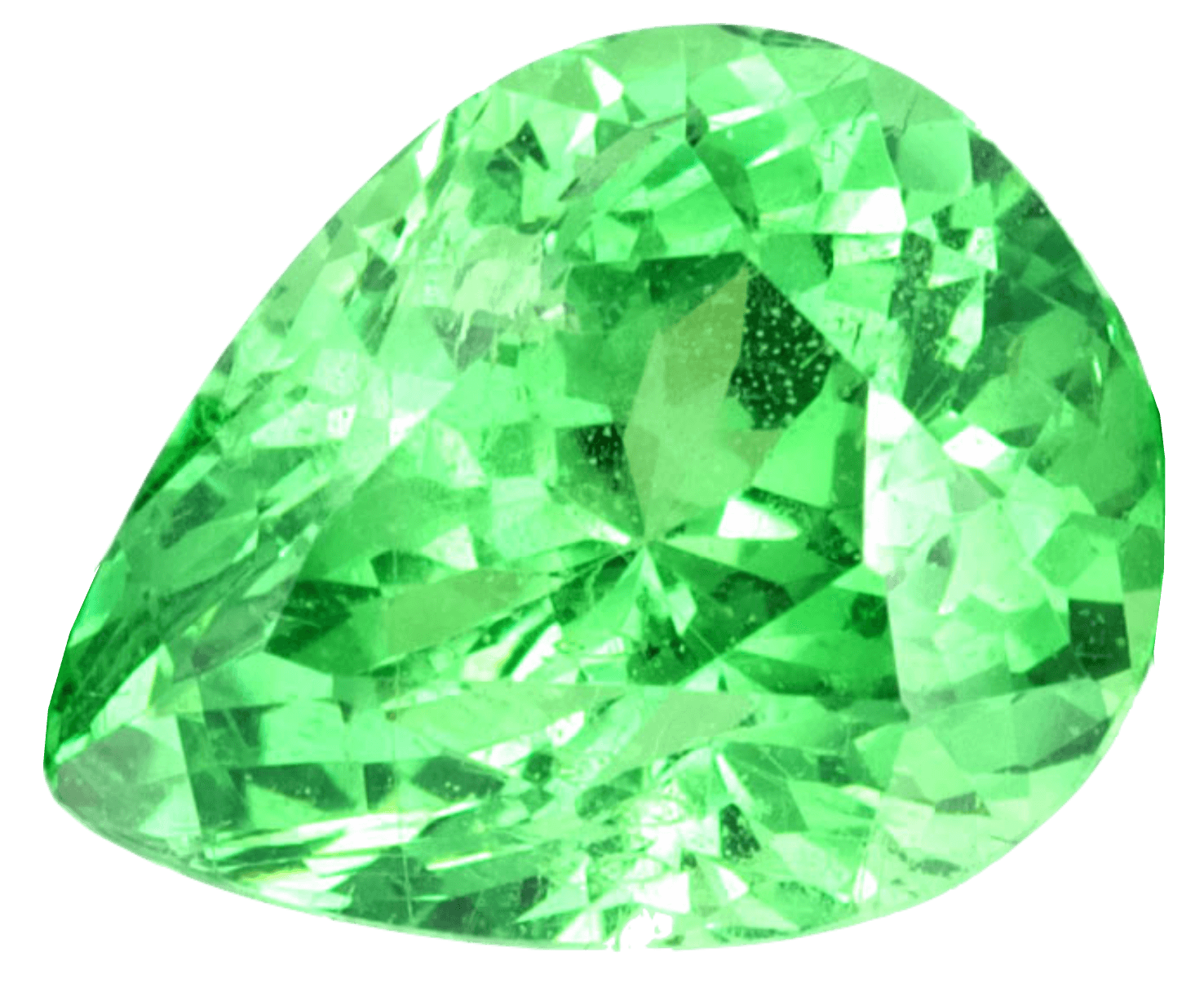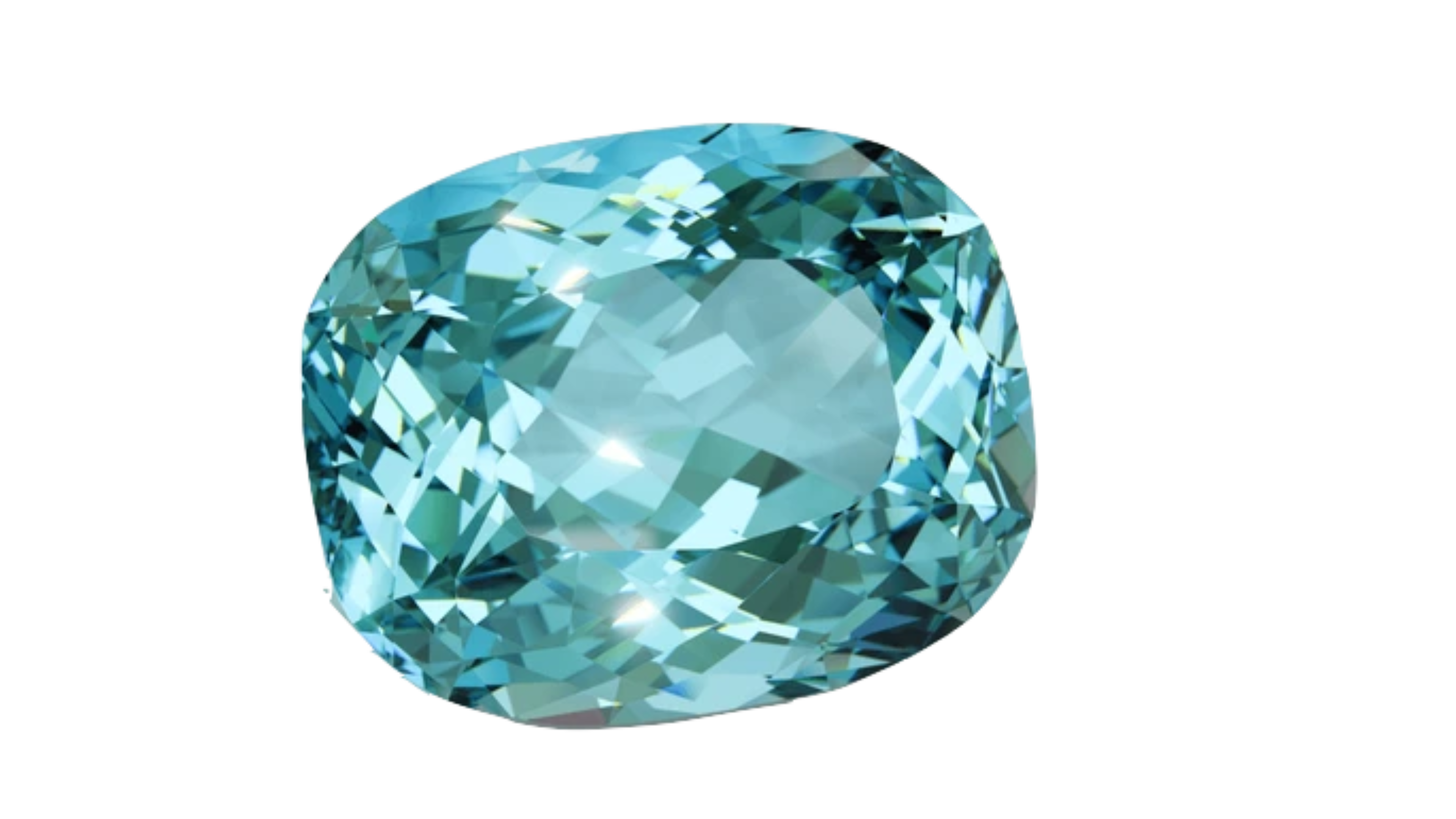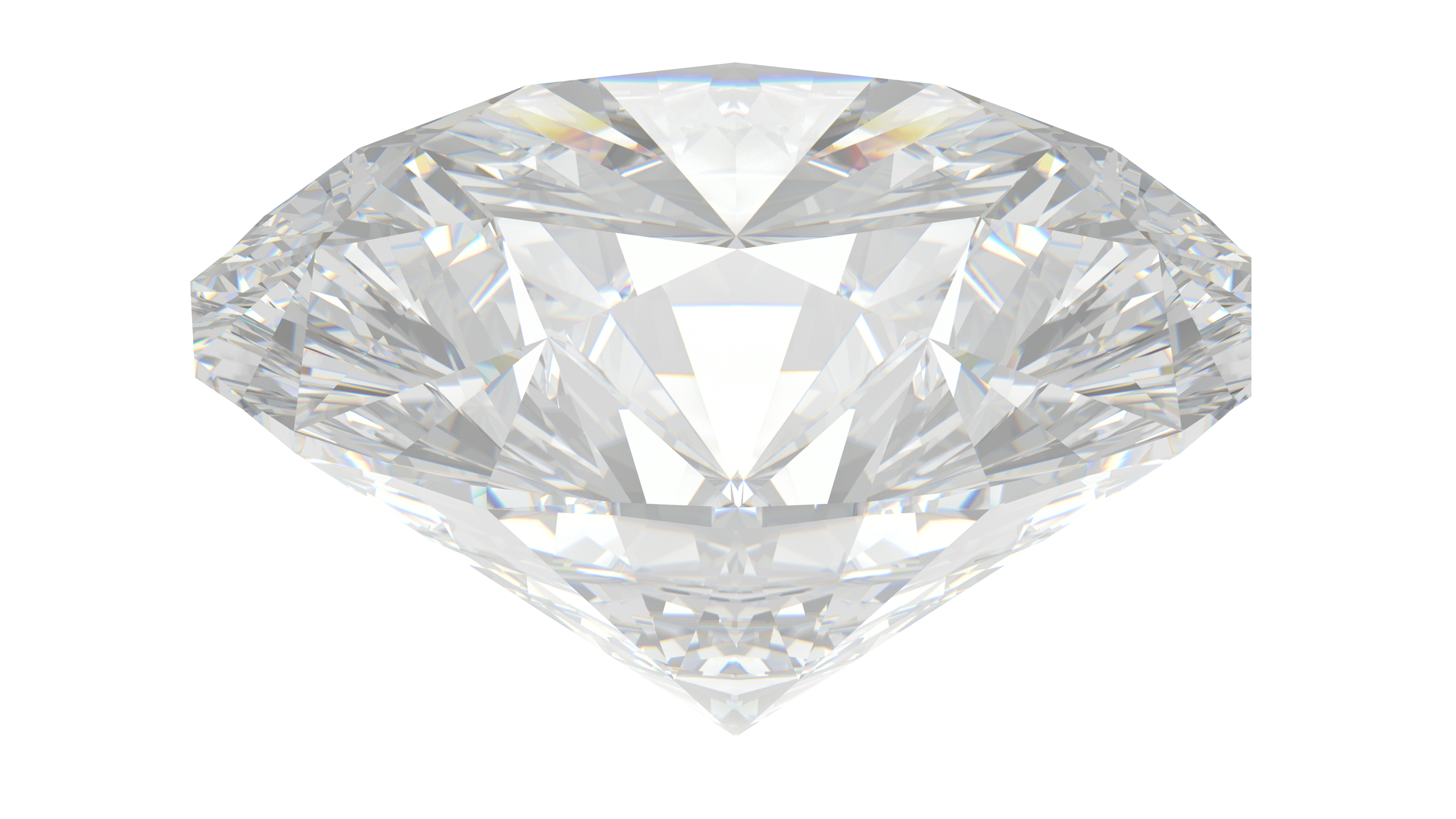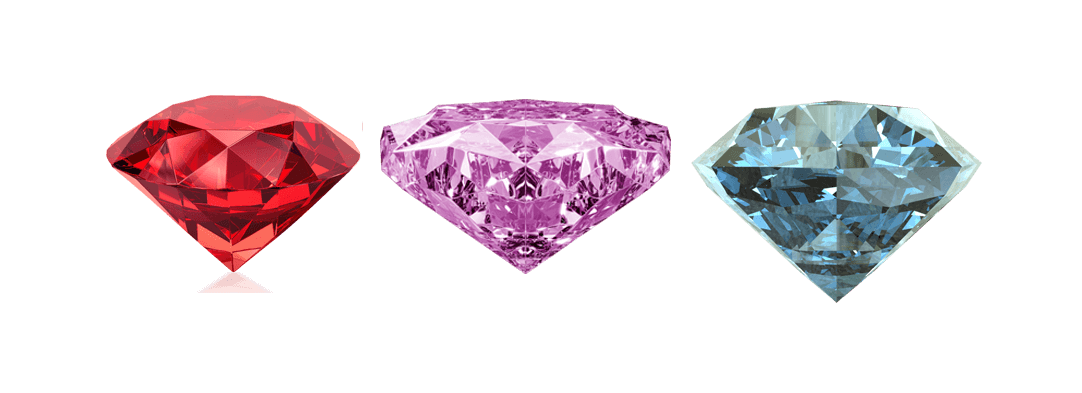Gemstone Investment
As a multi-family office, Tsavorite Group specializes in providing support and opportunities for our clients in their investments. Gemstones, also known as colored stones, are widely regarded as an alternative investment that offer diversification to an investment portfolio and hold less risk relative to other types of investments, such as gold, bonds, or stocks due. This is attributed to their market stability and considerable intrinsic value. Due to their rarity, brilliance, and constant demand, colored stones are considered as a viable option to an alternative long-term investment.
Many of the world’s noble houses secured their long-term wealth with collections of jewelry and/or precious stones. During times of uncertainty or crisis, jewels consistently served as a stable form of currency. Seen as one of the world’s oldest commodities, dating back as long as 5,500 years ago, gemstones hold more historical and cultural importance compared to other investment options. As an investment, their appeal stems from their inherent qualities such as their stability, compactness, ease of storage, and possesses an exceptionally high value relative to other known investments.The rarity and demand of these stones steadily increase each year, therefore driving up prices and protecting the stones from inflation.
Benefits of Colored Stone Investment
- Constant increase in price – due to gemstone mines becoming exhausted, the value and rarity of colored stones keeps increasing
- Easy to carry, store, and transport
- High liquidating nature – a buyer always exists for colored stones
- No risk of buying a fake compared to other aesthetic investments, since gemstones always sell with internationally recognized and independent certificates from gemological institutes
- Serve as asset protection for value preservation
- Can be passed on for future generations
- Traded internationally
Types of Colored Stones for Investment
Rubies
Rubies not only rival diamonds as the second hardest mineral in the world but also surpass them in rarity. The most sought after and highly valued rubies are in the hue of pigeon blood

Sapphire
Renowned for their blue hue, sapphires rank as the second most popular colored stone for investors after rubies. While found in all colors of the rainbow, the royal blue sapphire garners the most value. A good investment grade blue sapphire costs up to $100,000 USD per carat.

Emerald
When not being used as a building material for a certain city in Oz, emeralds are considered to be a valuable investment. The more vibrancy of the green of an emerald is and the fewer inclusions it possesses, the greater its value becomes. Each passing day witnesses a growing rarity of green emeralds, and therefore they attract more value, with an emerald being sold in 017 for $300,000 USD per carat.

Spinel
While spinels are colorless, impurities elicit the stones to come in a rainbow of colors. Bright red, hot pink, and flame orange spinels currently dominate the market, propelled by the current trend in candy-colored designer jewelry collections. In recent years, the price of spinels exploded, with neon pink-red spinels

Tsavorite
Over the last 20 years, Tsavorite prices have consistently risen, driven by their incredible rarity. Exhibiting lush deep green colors, Tsavorites rank among the rarest of all garnets, outshining emeralds in rarity, clarity, and brilliance. Currently, Tsavorites cost above $10,000 USD per carat and are expected to only continue growing in price.

Paraiba Tourmaline
Tourmalines display a spectrum of colors, however it is the Paraiba tourmaline that is particularly sought after. The Paraiba tourmalines shine in turquoise or blue notes in color and are considered to be the most valuable tourmaline. The price of top quality Paraiba tourmalines depends on the strong blue-green color, clarity, and a minimum of 5 carats, with prices up to $100,000 USD per carat. These gems in particular went up in price in the last 40 years by 10,000% on average.

Important Factors to Consider in Investment Stones
Though many precious stones undergo enhancement, it’s crucial to opt for colored stones with minimal to no enhancements when considering them for investment. For example, rubies and sapphires are often heated and emeralds are oiled. Yet, one must bear in mind that the value of a stone diminishes as it undergoes enhancements or treatments. While there can be minimal treatment, it is mostly beneficial to invest in stones with little to no enhancements.
Diamonds or Colored Stones
For a considerable time diamonds burrowed themselves a foothold in popular culture through Marilyn Monroe’s phrase of “diamonds are a girl’s best friend” or in the widespread diamond engagement ring marketing campaign in the 1940s that popularized the phrase “a diamond is forever”. However, recently these phrases rapidly lose their significance since diamonds no longer hold the perceived rarity they once did.
Artificial diamonds are increasing and indistinguishable from natural diamonds. There has been a substantial decline in natural diamond prices over the last 12 months, ranging from 18%-23%, since lab grown diamonds are practically the same as natural diamonds both chemically, physically, and optically, and are sold for a fraction of the price. Additionally, in 2018, the Federal Trade Commission ruled that lab grown diamonds were in fact diamonds which resulted in the decrease for demand and price in natural diamonds.

In comparison, the demand and price are constantly growing for colored stones. This stems from the discovery and exhaustion of most mines and therefore leading to the increased rarity of colored stones with each passing day. While the creation of artificial diamonds dealt a blow to natural diamonds, this risk does not translate to colored stones. Production of artificial or synthetic colored gemstones began in the late 1800s and it has not influenced the price of authentic colored stones. This is due to the rarity of natural gemstones and therefore, there is no risk of the price decreasing on natural gemstones like there is with diamonds.
Moreover, diamonds di er from colored stones based on their quality. Perfect quality rubies and sapphires are less abundant than diamonds, rendering them more rare as minerals. This reflects in the price per carat, where colored gemstones cost significantly higher per carat than white diamonds, by $100,000 to $200,000 USD.
Ultimately, choosing colored stones for investment proves superior to diamonds as they evade inflation costs, face no competition from synthetic counterparts, and stand out for their greater rarity.
Colored Diamonds
While clear, colorless diamonds are decreasing in price, colored diamonds, otherwise known as “fancy diamonds” are housed in a di erent market from other colored stones. Colored diamonds are considered an anomaly since there are no mines that harvest them and are a huge rarity. These diamonds exhibit active colors such as pink, orange, blue, and even yellow. Yellow diamonds, though visually stunning, lack the rarity of red, blue, green, or pink diamonds, thereby eliminating them as viable options for investment in gemstones.
As a result, the entry point for investing in colored diamonds often sits within the million dollar range per carat, exemplified by the record-breaking sale of the pink diamond, “Pink Star”, fetching $71.2 billion USD. The “Pink Star” showcases the staggering amount paid for a pink diamond, while red or blue diamonds command even higher prices because of their extreme rarity

Price Development for Investment
In 2023, the gemstone market reached an estimated value of approximately $32.38 billion USD, with a projected increase to $55.96 billion USD by 2033 (according to Future Market Insights). The rise in the price of colored gemstones can be attributed to several factors, such as an increasing number of individuals exploring alternative investment avenues, their scarcity as rare natural resources, their aesthetic appeal, and their historical significance across diverse cultures.
Overall, there is about a 25% growth increase per year on the value of gemstones with at least a 500% increase in the last 20 years for their value. Some particular stones, including the Red Spinels, Tourmaline Paraibas, and rubies, increased in price by 50% each year in the last 20 years. Some particular stones, such as Kashmir sapphires, Red spinels and Burmese rubies, have seen their price go up more than a 1000%.
Market prices have been moving only in one direction throughout the history of gemstones, with their value always increasing. Gemstone investment is seen as one of the most secure forms of investment since both value and rarity keep increasing throughout the years.
Our Partner – Rosenkrantz
Tsavorite Group has partnered with Rosenkrantz, a fine and high jewelry brand founded by Iver Rosenkrantz, a worldwide acknowledged Danish gemologist. For more than a decade, Rosenkrantz has worked with artisanal miners around the world.
Tsavorite, with Rosenkrantz, collaborates directly with prominent gemologists to create personalized portfolios for gemstone investment. If you are interested in learning more about gemstone investment or its process, contact us at Tsavorite.
